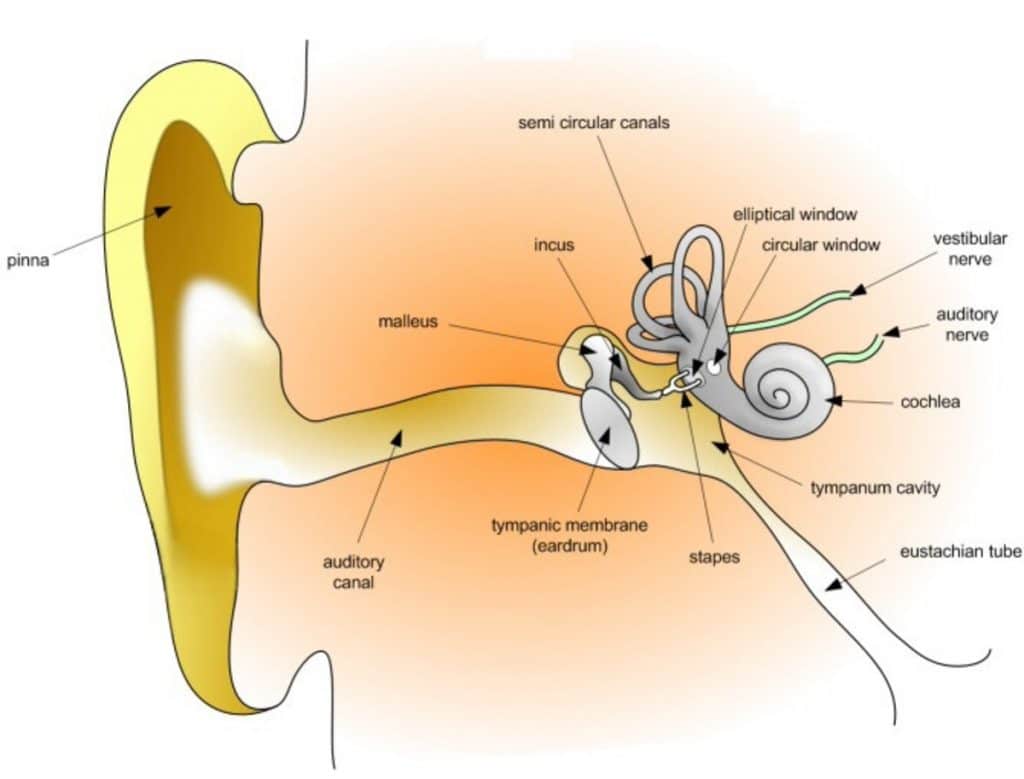Earwax, known medically as cerumen, is produced by glands in the outer part of the ear canal. Far from being simply a buildup of dirt or debris, earwax is a normal, healthy substance that protects the delicate inner ear from damage and infection. While necessary, excess earwax can unfortunately cause hearing loss or other problems if it completely blocks the ear canal.
Interestingly, not all earwax is created equal. Two distinct types exist: wet and dry. The type depends largely on a person’s ethnicity, as different populations are genetically prone to producing one variety over the other. But why is this? What causes these differences? In this article, we’ll explore the biology and genetics behind wet and dry earwax.

Understanding Wet and Dry Earwax
Wet earwax, also called sticky or brown earwax, is typical in people of African or European descent. As the name suggests, this type has a moist, sticky texture and is brownish in color. It contains around 50% lipids (fats) and pigment granules that provide its color. Sticky earwax is dominant genetically.
Dry earwax, also called flaky or yellow earwax, predominates in East Asian populations such as China, Korea and Japan. True to its name, dry earwax lacks stickiness and is pale yellow and flaky. It contains less than 20% lipids, which contributes to its dry texture. The yellow color comes from a lack of pigmentation. Dry earwax is recessive genetically.
While cosmetic preferences certainly exist when it comes to earwax type, neither variety is universally “better.” Both get the job done when it comes to protecting the ears from foreign particles, microbes and water. The consistency is simply a biologically programmed difference between populations.
The Genetics Behind Earwax Types
Research has shown that genetics is the primary reason for the earwax dichotomy between ethnic groups. A single gene called ABCC11 is the main determinant of whether wet or dry earwax is produced.
The version of ABCC11 associated with wet earwax leads to an ABCC11 protein being made in the cells lining the ear canal. This protein is thought to actively transport lipids and other molecules into the earwax as it forms, making it sticky and wet.
Conversely, the ABCC11 variant linked to dry earwax results in less efficient production of the ABCC11 protein in ear canal cells. With lower lipid concentrations, the earwax remains drier and flakier in texture.
While ABCC11 gene variants explain most of the variation between wet and dry earwax, other genes are also involved. Additional genetic factors likely fine-tune the exact composition and consistency of earwax. However, ABCC11 is clearly the main player.
Evolutionary Origins
Scientists are not entirely sure when different ethnic groups evolved to have different types of the ABCC11 gene. However, it likely provided an evolutionary advantage based on local environmental conditions encountered by ancestral populations as they migrated into different regions of the world.
One theory is that dry earwax caught on in East Asian populations because it traps less dirt and debris than wet earwax. In hot, humid climates, wet earwax could host more bacteria and fungi and lead to ear infections. Dry earwax may have reduced this risk.
The origins of the wet ABCC11 variant in African and European groups is less clear. It may simply be the ancestral form of the gene. Or it could have provided a different benefit in those environments, such as trapping more dust or repelling water. More research is needed to determine why wet vs dry earwax evolved in different ethnic lineages.
Earwax Type Variation Today
Today, the earwax dichotomy remains evident between major continental population groups. However, migration, intermarriage and a shrinking world mean less isolation between these groups. Earwax types can vary even within families of mixed ethnic backgrounds. The variations will likely continue to exist, but may show more individual-level blending rather than stark population-level distinctions moving forward.
While wet and dry earwax stems largely from genetics, some lifestyle factors can influence earwax consistency too. For example, dry earwax may become wetter with greater exposure to moisture through swimming or humid climates. Illness, stress and medications also can thin wet earwax. Proper ear hygiene is important regardless of natural earwax type.
Conclusion
In summary, earwax variation between ethnic populations is primarily driven by genetics, especially differences in the ABCC11 gene. This single gene explains most of the variation between wet and dry earwax. However, other genes fine-tune earwax composition as well. The evolutionary origins of the ABCC11 variants remain unclear, though they likely provided localized benefits for ancestral groups migrating into different world regions. While genetics determines earwax type, lifestyle and environmental factors can alter its consistency somewhat. What we interpret as dry or wet, clean or dirty often just reflects our biological programming. In the end, earwax is a consistent reminder that our diversity as a species goes all the way down to our genes.
